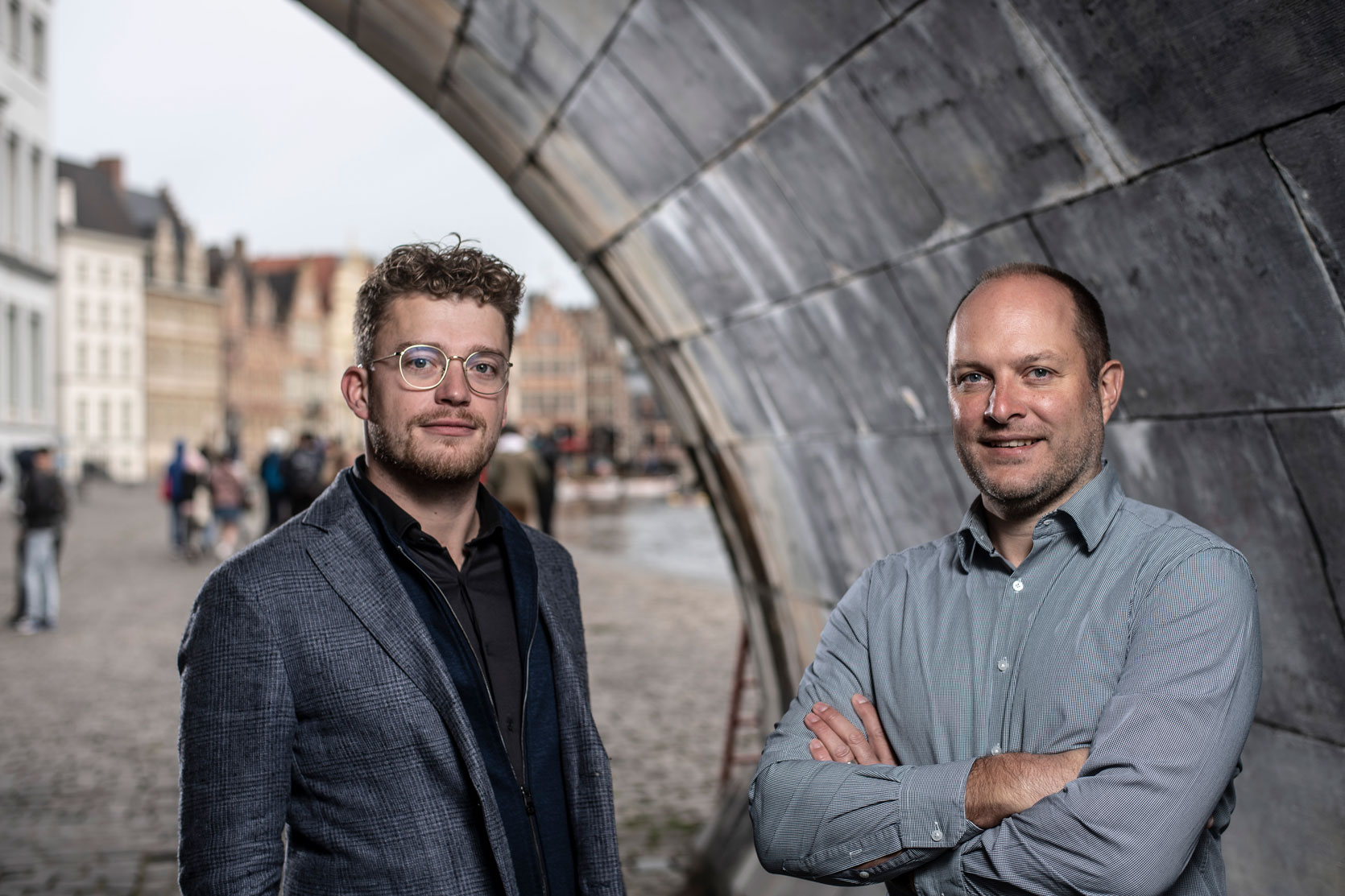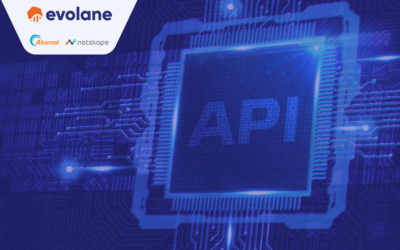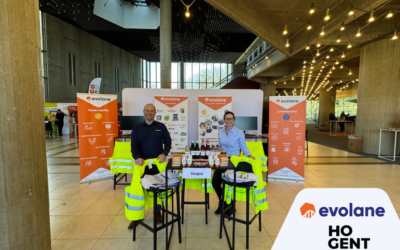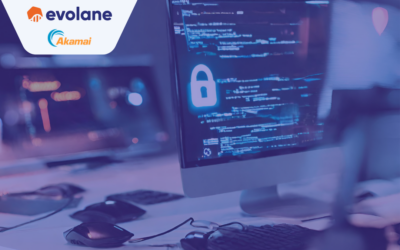Cybersecurity at the Edge
Internal and external security for
an optimal user experience
Cybersecurity is a hot topic in business and is receiving more and more attention. Today, 68% of business leaders believe that cybersecurity risks are increasing. This concern has not gone unnoticed in the media. De Tijd interviewed our Founder and Managing Partner Kristof Haeck and Ralph Aantjes (Account Executive Akamai). Curious about this conversation? Find out all about it in this blogpost.
Business leaders are clearly concerned about their cyber security approach. How can they align these with their business objectives?
Kristof Haeck: Cyber and business objectives have a major impact on each other, so you cannot consider them as two separate elements. To proactively prepare for threats, business leaders must consider security in every business decision they make.
It is always a good start to thoroughly examine the current cyber security strategy. Find out what pain points there are and what problems could arise. The next step is to assess potential risks for each component and define follow-up actions to proactively protect your business using the Edge principle
What is the Edge principle?
Kristof Haeck: You can easily compare the Edge security strategy with security at an airport. When you take the plane, you will be checked at the airport before departure. Within the Edge principle, we will protect organizations, as well as their applications and data centers, at the edge of the internet, so that they are inspected before they can access the organization’s network. In this way we keep unreliable visitors as far away as possible from the application and the data center.
“When you travel by plane, you’ll be checked at the airport before departure, won’t you?”
During an airplane trip, we obviously know why this prior check is necessary, but what are the benefits when we talk about technology and cybersecurity?
Kristof Haeck: The biggest advantage is of course safety. The Edge principle allows us to proactively stop attackers. The data that users need is obtained on an Akamai network, no longer directly from the source.
Ralph Aantjes: And because Akamai today has more than 300,000 servers worldwide, the Edge principle also creates reliability. When a failure occurs at one server, it can easily be taken care of by another. Our widespread network guarantees that applications will always be available, even in the event of failure or attacks.
Does this affect the end user of an application?
Ralph Aantjes: The main goal of both Evolane and Akamai remains to guarantee an excellent experience for the end user. Despite good security, the end user must always be able to access its digital services smoothly and quickly. And the closer you are to the edge of the internet, the closer you are to the user and the better the user experience will be.
Kristof Haeck: In addition to safety and reliability, you can also add performance to the list of benefits. The conditions for accessing applications are also always updated within our system on the basis of the latest threats in the IT world. In this way, the customer is simply informed, and does not have to make any extra efforts.
In other words: the external protection and user experience are taken care of. Do you also have tips to improve internal protection?
Kristof Haeck: First and foremost, it is important that companies are aware that internal threats can also arise. This is often overlooked. Due to changes in the labor market, such as remote or hybrid work, we can no longer consider internal employees as free from danger. Such evolutions create unconscious openings for unwanted intruders via the devices of employees and their surfing behaviour, such as attempts by intruders to surf on an employee’s connection.

“Internal employees can no longer be considered free from danger.”
In other words: the external protection and user experience are taken care of. Do you also have tips to improve internal protection?
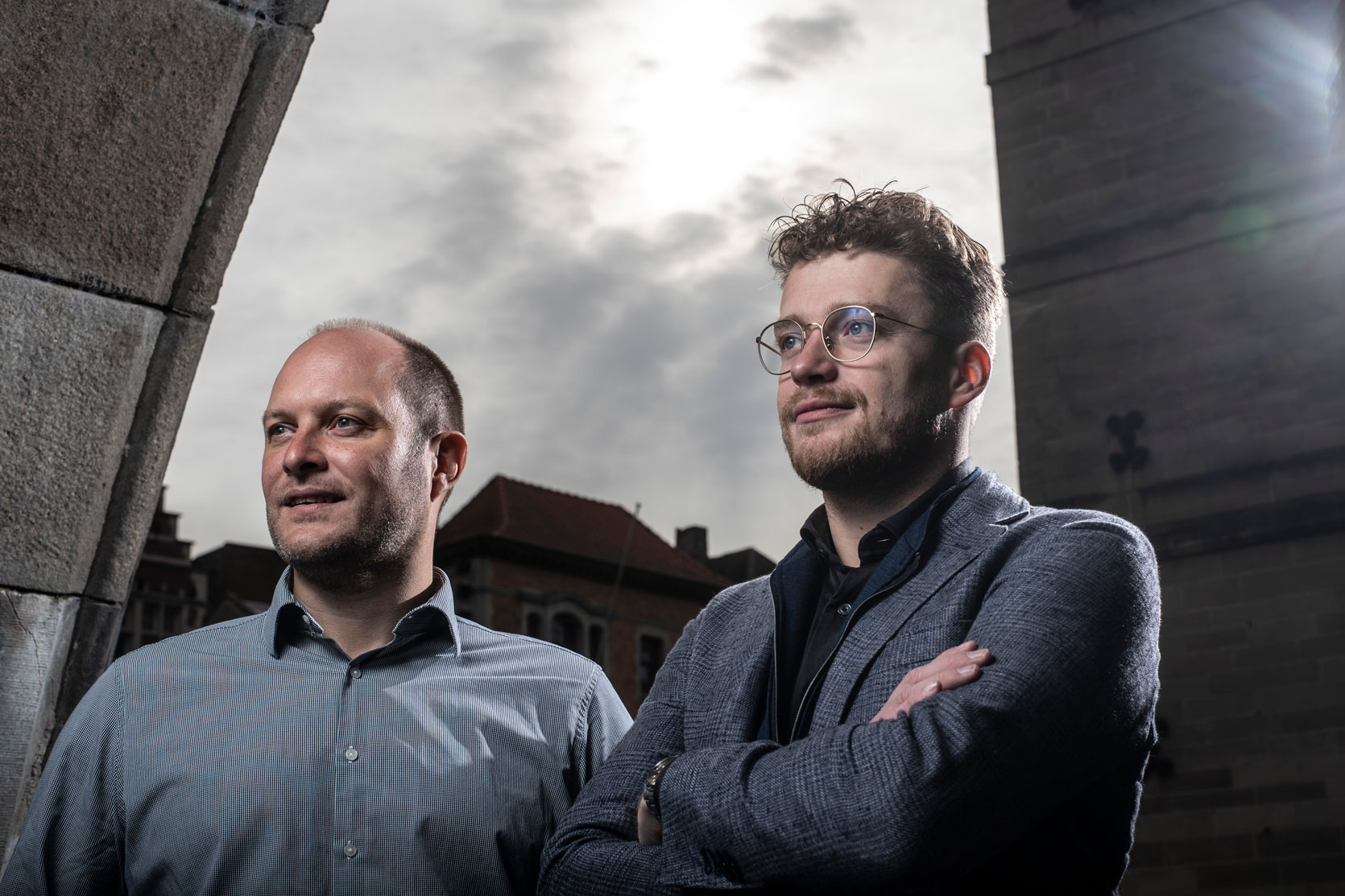
Ralph Aantjes: Indeed. Where in the past we mainly focused on the data center, we now also have to keep a close eye on the user and his device. With our SASE solution, we at Akamai offer cloud-based secure access that builds on the zero-trust principle.
This concept rests on five pillars:
- Networks are hostile environments
- Threats (external and internal) can always occur on the network
- Even your own network is no longer reliable
- Every device, user and network flow is authenticated and authorized
- Security policies should be as dynamic as possible
Thanks to this principle, our security approach is therefore outside-in. And given that users, devices, applications and services are increasingly taking place outside the organization, this is the most secure option.
Read our other blogs
Why Netskope relies on Akamai for future-proof API Security
Why Netskope relies on Akamai for future-proof API securityAn in-depth look at how Netskope leverages Akamai to secure APIsIn a world where digital innovation is evolving at lightning speed, cloud, data, and network security are more important than ever. Netskope, a...
Evolane signs golden partnership with HOGENT
From the classroom to the workplace: we are joining forces to give IT talent every opportunity.On Tuesday, April 1st, 2025, Evolane participated as one of three gold year partners in the job and internship fair organized by HOGENT. The location? The ICC in Ghent. With...
Bot Detection
Bot DetectionThe crucial role of bot detection in the fight against botsBots present complex challenges for organizations. These automated programs, ranging from simple scripts to sophisticated AI-driven entities, play an ambiguous role in the cyber world. On the one...

